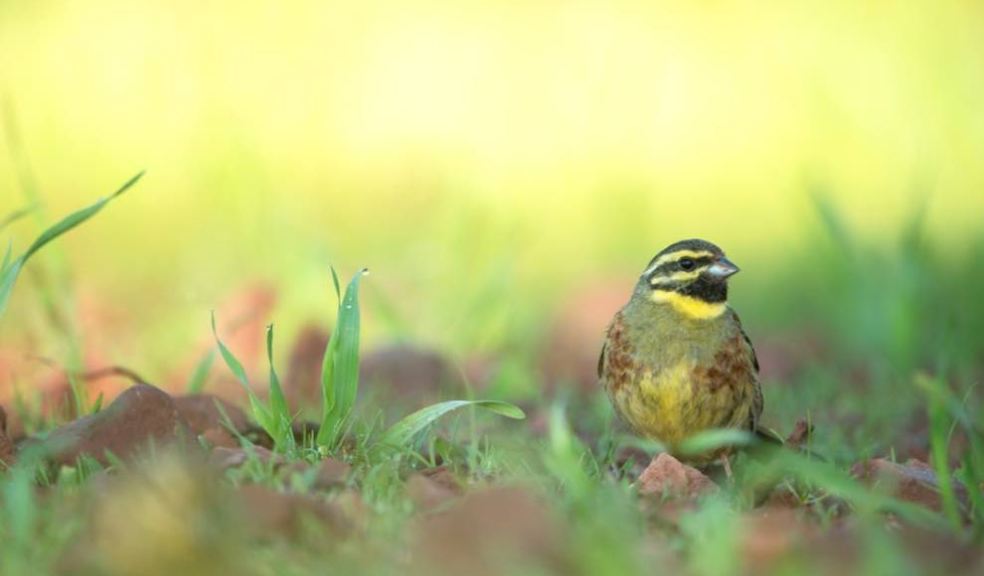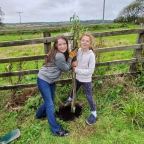
Can you help the west country’s special Cirl Buntings this spring?
The RSPB is appealing for volunteers to help them carry out their annual Cirl Bunting Survey. Between April-August volunteers are needed across Devon and Cornwall, but the charity are also expanding the survey this year to some specific areas of Somerset and Dorset, due to Devon’s Cirl Bunting population now spreading further afield.
To become a Cirl Bunting Survey Volunteer, visit: bit.ly/CirlSurveys24
Volunteers can select a 2x2km square local to their home on the RSPB’s survey map and plan a survey route through their chosen patch along Public Rights of Way and covering the areas that Cirl Buntings are likely to make their homes. The Cirl Action Hub offers guidance on how to identify Cirls by sight and sound. For more information about the survey and which squares are available, visit the Cirl Action Hub: bit.ly/RSPBCirlHub.
Volunteers will be asked to visit their chosen local square twice – first visit before the end of May and second visit anytime from June to the end of August, leaving two weeks between visit one and two. They will then record information about any Cirl Bunting they see or hear and submit their findings online.
Kerri Watson, RSPB Conservation Advisor, said “Taking part in the Cirl Bunting Survey is a great way to slow down and get to know your local area in more detail – get out and enjoy the sights and sounds of spring. All the while contributing important data for our scientists to keep an eye on how our Cirl Bunting populations are faring. We are thrilled to expand the survey to areas of Dorset and Somerset as well this year due to Devon’s Cirls widening their range, which is really exciting and encouraging for their future.”
“Cirl Buntings have done very well in recent years, largely due to the conservation efforts of farmers, but it’s important not to let our guard down. We need to keep monitoring Cirls as we are in a period of agricultural transition. Farming subsidies have played a big part in sustaining the management of farmland habitat for Cirl Buntings, but the sector is currently undergoing substantial positive change in the way subsidies are made.”
Kerri continues: “The volunteer support we received for last year’s survey was fantastic. The results showed that 50% of the 2x2km squares surveyed or “tetrads” and which returned their data, recorded Cirls in them. Seven of these tetrads recorded Cirls for the first time, at least since the regular national surveys began in 1989, which is positive news”.
Eighty years ago, Cirl Buntings were widespread across southern England, but by 1989 they were down to only 118 pairs mainly confined to Devon - they had vanished from Cornwall and Somerset. These plummeting numbers were likely due to changes in farming practises, which made it hard for the Cirls to find food and suitable nest sites.
In 1992 the Countryside Stewardship Scheme (a Government-funded agri-environment scheme, CSS) launched a Cirl Bunting 'special project' option for farmers. Under guidance from the RSPB, farmers provided low input spring barley crops which, after harvest, were left as weedy stubbles until the end of March. This created an important source of winter seed food for the Cirls.
In 1993 the RSPB employed a Cirl Bunting project officer in the south west, Cath Jeffs, to work directly with farmers and landowners to encourage them to provide more homes for the Cirl Buntings. By 1998 Cirl Bunting numbers increased to 450 pairs and in 2016 they hit the 1000 pair mark.











